
The Evolution of Golf Balls
Learn how the Golf Ball has Changed and Evolved Over Time
Golf has been a popular sport for centuries, with its roots tracing back to Scotland in the 15th century. While the game of golf has evolved significantly over the years, one aspect that has undergone tremendous change is the golf ball. From feather-filled leather balls to high-tech, aerodynamic balls, the evolution of the golf ball is a fascinating journey.
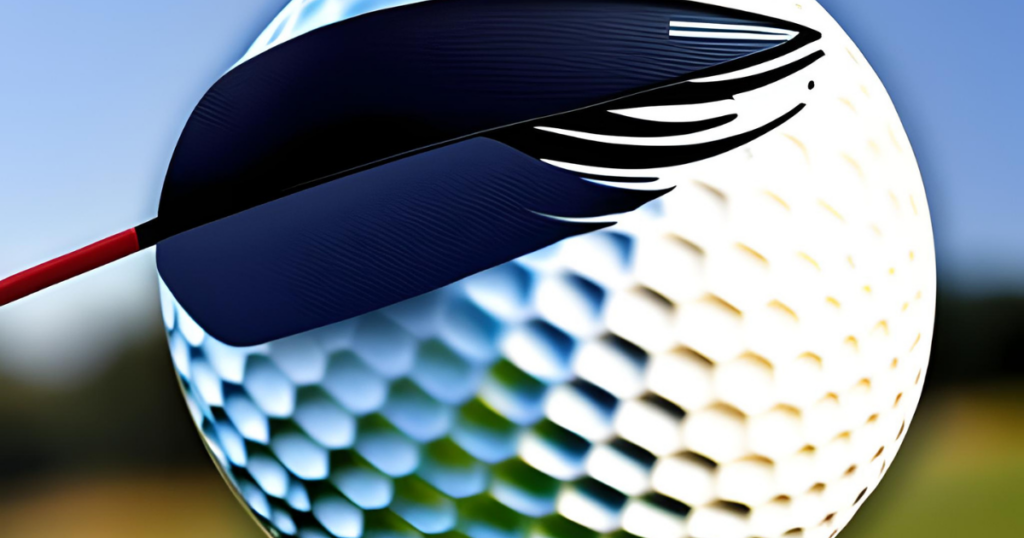
Early Golf Balls
The earliest golf balls were made from wood, typically made from hardwood like beech or boxwood. These wooden balls were expensive and time-consuming to make, so they were reserved for use by the wealthiest golfers. However, in the early 17th century, the use of the “feathery” ball became more popular. These balls were made by stuffing a leather pouch with feathers, which were then wetted and compacted into a round shape. The outer layer of the leather was then stitched shut, forming the finished ball. Feathery balls were more affordable than wooden balls and became the standard for golfers until the mid-19th century.
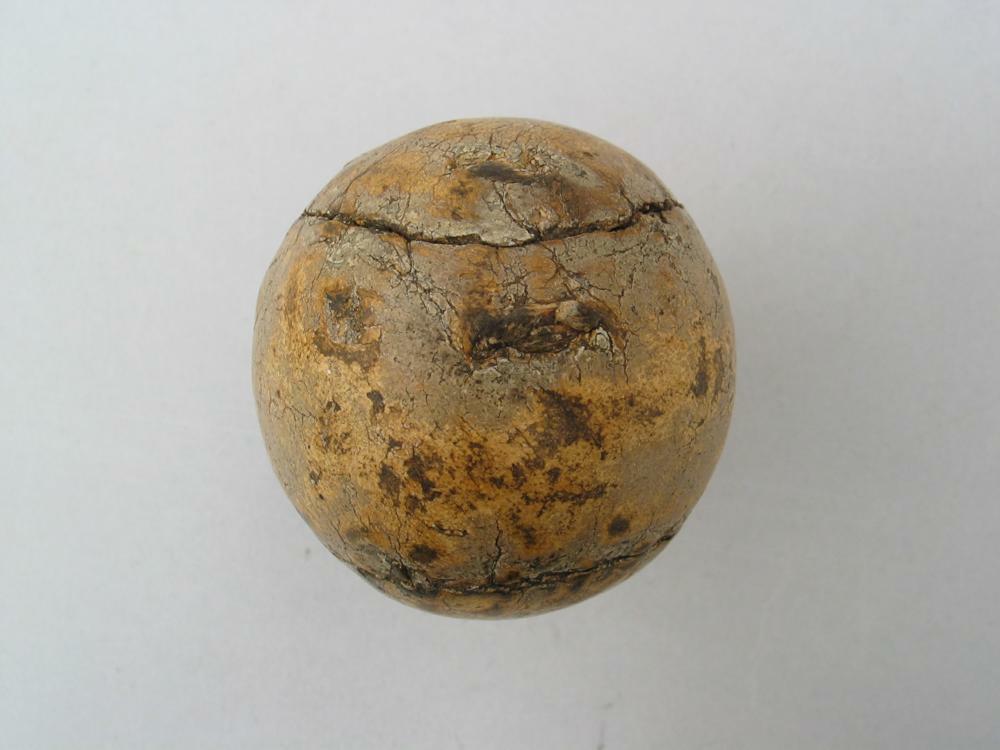
Gutty Golf Balls
In 1848, a Scottish golf ball maker named Robert Adams introduced the first gutta-percha ball, which became known as the “gutty.” Gutta-percha is a type of rubber that is produced from the sap of a tree found in Malaysia. In order to form the gutty ball one must start by heating the gutta-percha until it becomes malleable. Once it is malleable, it is molded into a sphere. The ball would then cool and harden, and the finished product was a durable and affordable ball. Because of this golfers gravitated towards the new gutty balls and they became widely used.
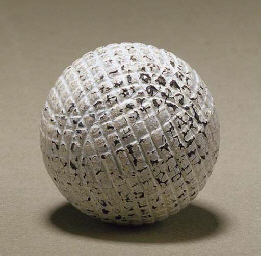
Haskell Golf Balls
In 1898, Coburn Haskell, a golfer from Cleveland, Ohio, introduced the Haskell golf ball, which featured a rubber core wrapped in many layers of rubber thread. This new design created a ball that was more durable and had a softer feel when struck. The Haskell ball quickly gained popularity and became the standard for golf balls for the next several decades.
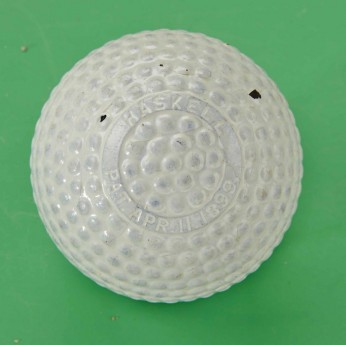
Solid Core Golf Balls
In the 1960s, manufacturers began experimenting with different materials for the golf ball’s core. Instead of using rubber, they used synthetic materials like Surlyn and polybutadiene, which resulted in a solid core. The craftsmanship of solid core balls allowed them to travel farther and faster, making them a hit with golfers.
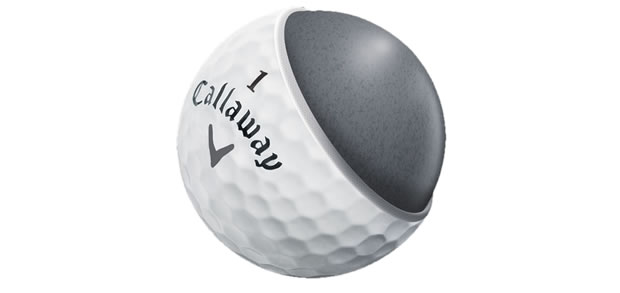
Multi-Layer Golf Balls
In the 1990s, multi-layer golf balls were introduced, which consisted of a solid or liquid center surrounded by layers of various materials like rubber, ionomer, or urethane. These balls had improved distance, control, and feel, and manufacturers continue to experiment with different combinations of layers to this day.
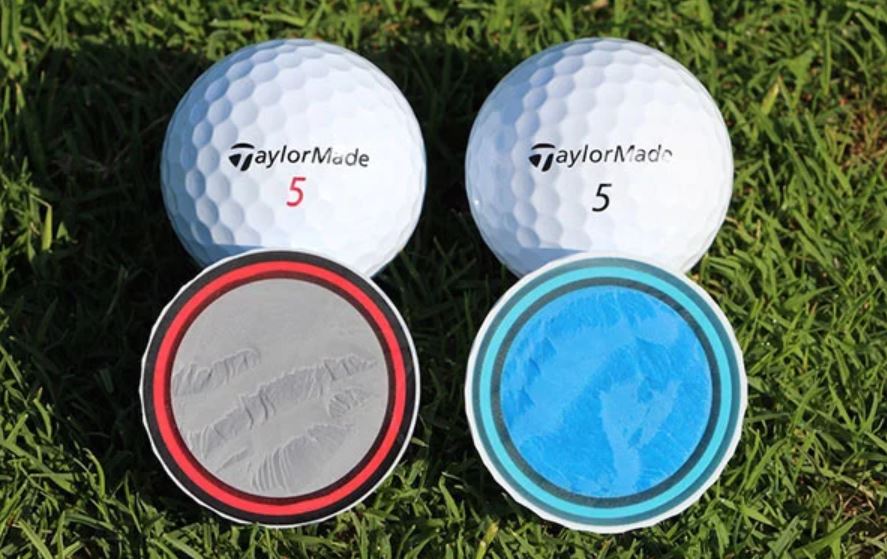
Modern Golf Balls
Today, golf balls are highly engineered and designed to meet the specific needs and preferences of different golfers. From high-performance balls designed for professionals to beginner-friendly balls with added distance and forgiveness, there is a golf ball for every player. The latest advancements in golf ball technology include aerodynamic dimple patterns, advanced core materials, and softer, more responsive cover materials.
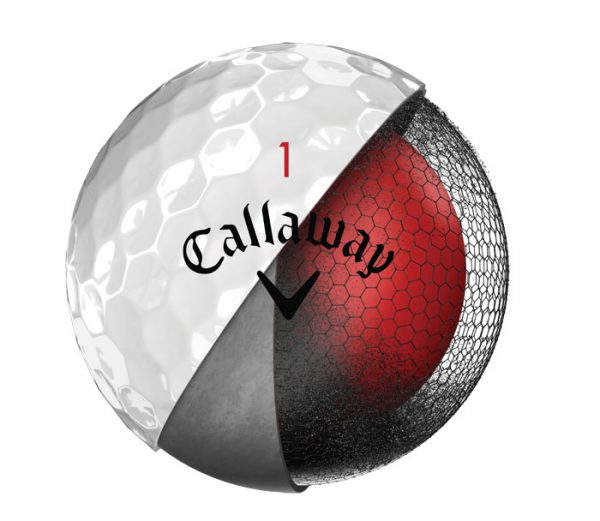
In conclusion, the evolution of the golf ball has come a long way since the days of wooden balls and feathery balls. From gutty balls to multi-layered balls, golf ball manufacturers have continued to push the boundaries of design and technology to create better-performing golf balls. Who knows what the future holds for golf balls, but one thing is for sure: golfers will continue to demand better-performing balls that help them hit longer, straighter shots.
Did you like this article? Would you like to see articles about the world of golf? Subscribe to Morton Golf Sales blog for more.

